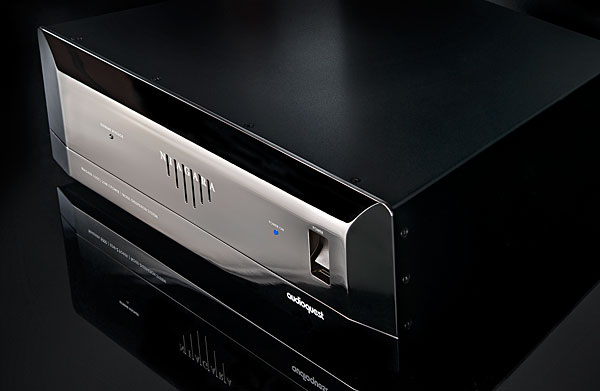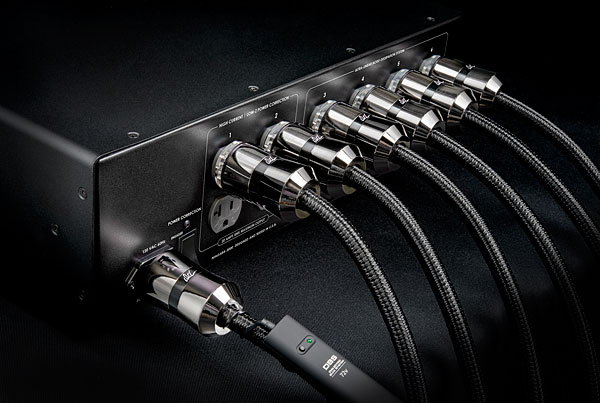| Columns Retired Columns & Blogs |
"System noise competes with the resolution of low-level detail ... I love what the Niagara 5000s and 1000 and the rest of the AudioQuest kit have done for the sound of my system... the real pleasure of the Niagara 5000, et al, has been in the sound—and that I didn't expect."
I don't exactly know how to say this without sounding impolite, so I'll just say it. Exactly how many decades has it taken you as a Stereophile reviewer to finally realize that lowering system noise improves the sound?
By the way, I've heard of a new product called Discwasher that improves the sound of your LPs by cleaning off dust...and I've heard rumors of something called "digital" sound coming in the future...who knows what that might be. Probably just some new gimmick. But I know I can depend on Stereophile reviewers to get it figured out quickly and report on it.
Best regards








































